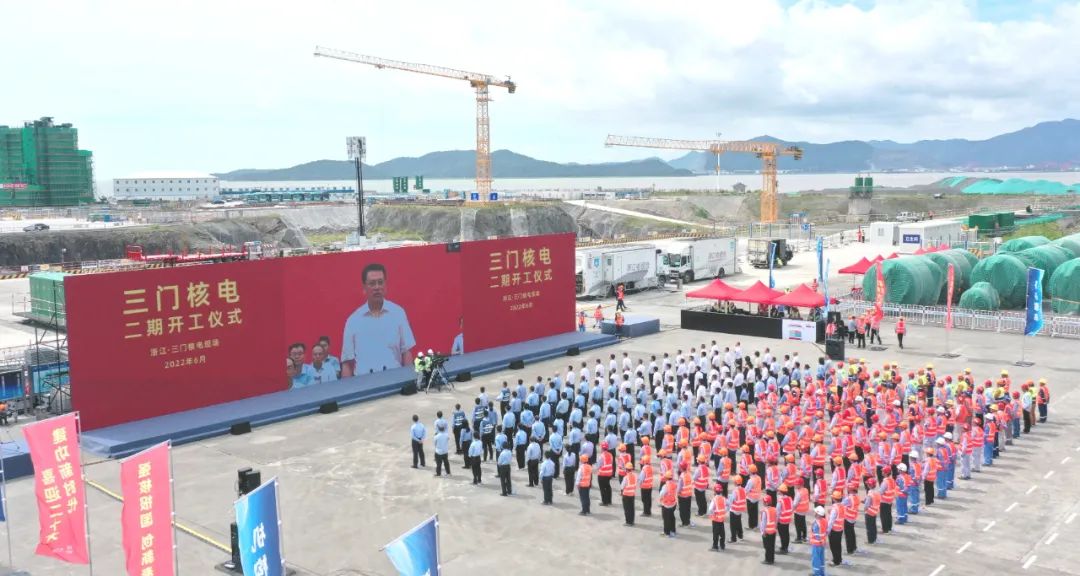A large offshore wind farm in the Guangdong-Hong Kong-Macau Greater Bay Area got grid-connected on Friday.
Electricity from 55 wind turbines gathers in the booster station and then is transmitted to the land.
The project is contracted by Guangdong Electric Power Design Institute of China Energy Engineering Group.
There are more than 2000 sensors on a single wind turbine, and all the data including wind speed, temperature, air pressure, will be collected and processed in a big data center. The directions of the wind turbines can be optimized according to the real-time data analysis.
The project will provide 800 million kilowatt-hours of clean energy every year, meeting the electricity demand of 300,000 households.
Compared to a coal plant of the same size, the project will reduce 460,000 tonnes of carbon dioxide emissions.
China is committed to peaking carbon dioxide emissions by 2030 and achieving carbon neutrality by 2060.
The share of clean energy consumption in China has risen from 19.1 percent in 2016 to 24.3 percent in 2020, according to China's National Bureau of Statistics.
Produced by Xinhua Global Service
原文鏈接:http://www.xinhuanet.com/english/2021-04/03/c_139856563.htm
來(lái)源:GLOBALink(2021-04-03)









評(píng)論